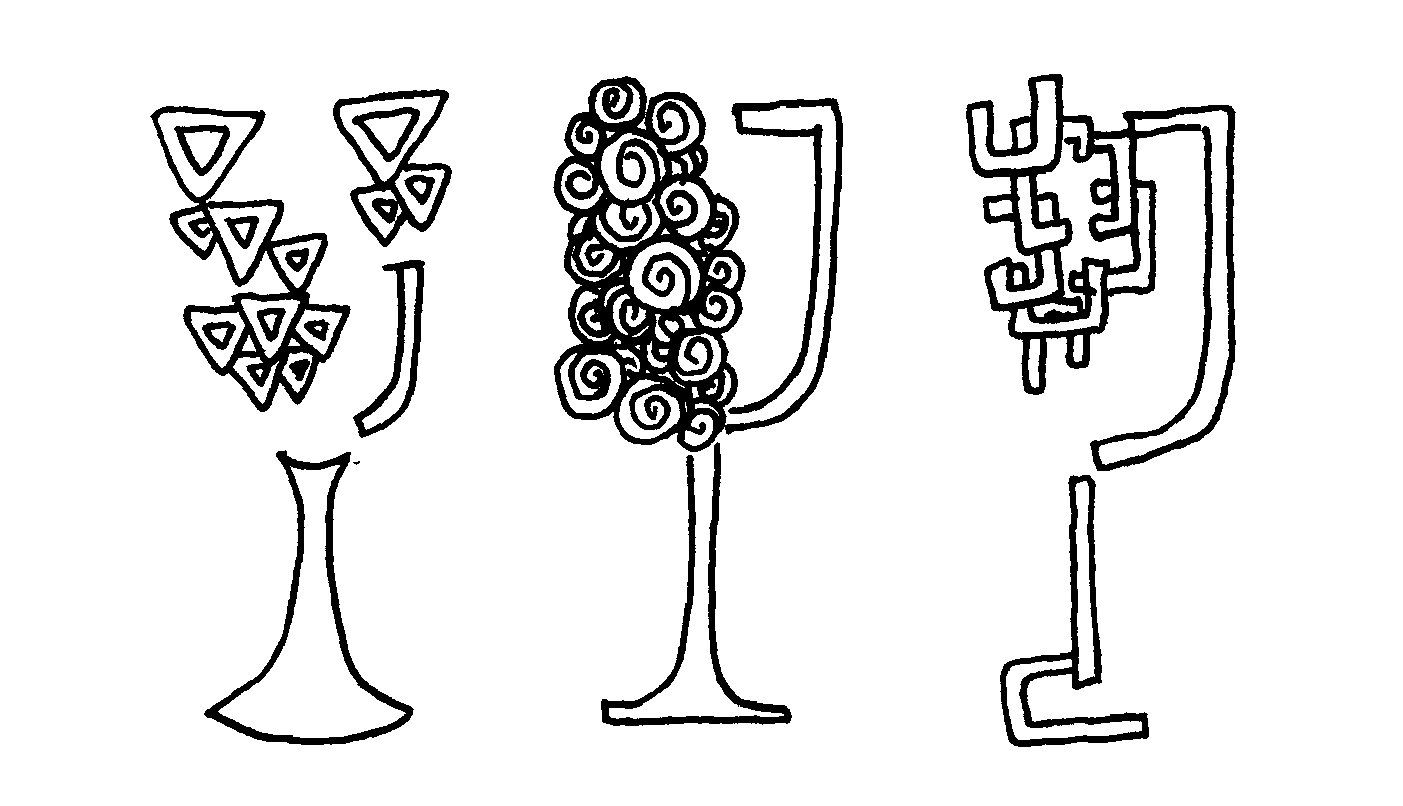Do you know these 3 surprising facts about Bordeaux?
Bordeaux is a favorite for some of us here at Sunday School Towers (well, me).
When I first became interested in wine it was one of the things I started learning about. It helped that there was a French wine store round the corner from where I was living in London, so there was always someone to ask questions as I tried to understand the difference between left bank and right bank.
Since that time I’ve explored the region and only found it more fascinating the more I learned. If you’d like to find out more, join us at the Sunday School Wine Society where we have the low down on everything Bordeaux.
In the meantime, here are three little known facts about Bordeaux!
1) You can thank the English for Bordeaux
Yes, dear reader, the English are partly responsible for the popular reputation of Bordeaux (you can also add the Dutch, but that’s another story).
Flashback to Medieval times and in 1153 Eleanor of Aquitaine (Aquitaine is the region that incorporates Bordeaux) marries the chap who will shortly become Henry II of England.
Now that Bordeaux was linked to the English crown it meant that wines exported to England weren’t taxed. The result? The English went crazy for Bordeaux.
As one example, in 1307, King Edward II of England ordered the equivalent of a mind-boggling million bottles of Bordeaux just for his wedding celebrations. And because royalty was buying it, so was everyone else who could afford it. At times, England accounted for up to 80% of Bordeaux’s exports.
It was this demand that sent the Bordelaise on a planting spree, expanding well beyond the city itself and into what is now Graves and Entre-Deux-Mers (today, two important centers of wine production).
The English were eventually thrown out of Aquitaine by the French king in 1453, but their love of Bordeaux wine was firmly established, and the English (later, British) market remained hugely important for the region.
2) Bordeaux are (almost) always blends
That’s right, wines from the Bordeaux region are mostly blends. Reds are usually dominated by Cabernet Sauvignon or Merlot. The other main grapes in the mix are Cabernet Franc, Petit Verdot, Malbec, and Carménère.
Generally, more Cab means a richer, more tannic wine, while Merlots are softer and more juicy. However, the actual taste of each wine is dependent on its makeup and the proportions of each grape variety.
The whites are blends, too
Though reds account for the bulk of Bordeaux’s production, the region is also known for its whites, which are also usually blends. The classic combo is Sauvignon Blanc with a dose of Sémillon.
Bordeaux is blend heavy due to its climate
Bordeaux’s climate is marginal for growing things like wine grapes. Planting different varieties became an insurance policy if the weather was bad or disease took hold in a particular variety. (As an example, Cab may fail to ripen properly in a cold year, while Merlot may become too ripe in a hot year.)
There are some single-variety wines—the famed producer Petrus makes a 100% Merlot—but blends have become Bordeaux’s calling card. So much so that you can find wineries around the world offering a ‘Bordeaux blend’—which you’ll now know is a mix of Cab and Merlot (and maybe a few of those other varieties).
If you’re a member of Sunday School Wine Society, check out our Bordeaux videos where we talk about those blends in more detail and how they fit into the left bank/right bank geography of Bordeaux!
3) Bordeaux makes the world’s most famous dessert wine
Within the larger region of Bordeaux there is an appellation called Sauternes, which provides some of the best (and, predictably, expensive) dessert wines*.
Sémillon is the dominant grape, but you’ll see it blended (again) with Sauvignon Blanc and Muscadelle.
Unlike your average viticulturist, growers in Sauternes want the grapes to go moldy—in particular, moldy with Botrytis cinerea (aka noble rot).
Why? Because Botrytis shrivels the grapes, making them sweeter and the flavors more intense. The grapes are harvested late to ensure that the Botrytis has done its work, which always runs the risk of bad weather screwing things up.
If you’re feeling flush, Château d’Yquem is considered the apogee of dessert wines, but don’t worry cheaper Sauternes exist.
Or shop for Barsac—an appellation right next door to Sauternes making wines in the same way—as you'll be more likely to find a bargain. (Sunday School members, you can check out our Bordeaux shopping cheat sheet which has tips on what to look for and where to find the best deals!)
Pairing-wise, try Sauternes with fruit tarts, creamy desserts and custard tarts. These wines also work with savory foods, most famously with blue cheese, though less intense versions also do well with hot and sweet Thai dishes.
A traditional recipe from the region is roast chicken in Sauternes and, in the olden days, it wasn’t unusual to serve Sauternes with fish or poultry.
Did you just learn something new about Bordeaux? Let us know in the comments. :)
*When we say dessert wine we’re talking about wines that are very sweet, deliberately heavy and characterized by intense flavors. This isn’t your auntie Aida’s sweet Riesling at Thanksgiving stuff. This is blow-your-socks off deliciousness that is so sweet you need to pair it with food.
P.S. Join us in the Sunday School Wine Society, our online membership and community, where we have the low down on everything Bordeaux!









The two grapes that really steal the show in your Bordeaux reds are Cabernet Sauvignon and Merlot. There’s a big difference in style between the two. So, how do they taste different, and how do you know which one you’re getting (cause it won’t say on the label)?